|
Sneak Peak: Methods of Desiccation
|
Method
|
Pros
|
Cons
|
|
Standard
|
Economical; flexible; portable |
Requires monitoring |
|
Automatic
|
Desiccant is continuously regenerated; minimal monitoring; precise control |
Generally more expensive than standard desiccators |
|
Gas Purge
|
Achieve desired humidity level faster; dust free; creates an ultra dry environment |
Requires access to inert gas (such as argon or nitrogen) |
|
Vacuum
|
Best for total dry storage; can also be used for degassing techniques |
Requires access to vacuum pump; how long vacuum is maintained can vary from models |
|





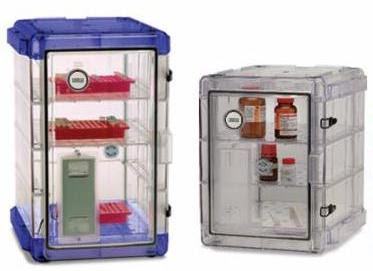
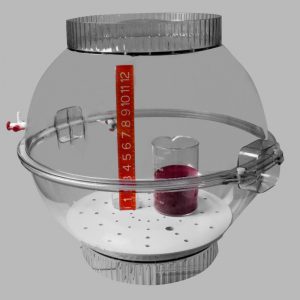
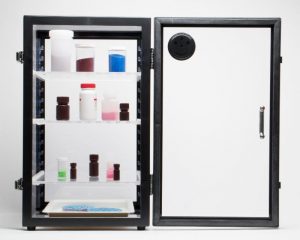
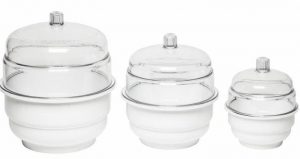
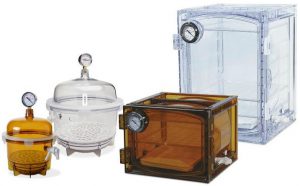
Comments are closed.